UP TO THE MINUTE
How metal roofing stands up to extreme weather
February 20, 2025 at 9:00 a.m.By Trevor Underwood, DECRA Metal Roofing.
Discover what makes roofing material qualify for a Class 4 Hail Rating.
Hailstorms can wreak havoc on homes, but not all roofing materials are up to the challenge. Class 4 hail has been compared to throwing baseballs at 70 mph, but what exactly does it mean for a roof to be Class 4 hail-rated and how does this standard stack up to real-world scenarios?
DECRA Metal Roofing has been leading the standard in durability, performance and innovation since 1957. With a proven track record in extreme conditions, DECRA offers protection you can count on. Whether it’s hail, high winds or the force of a speeding baseball, DECRA roofs are built to withstand nature’s harshest tests.
What is Class 4 hail?
Hailstones aren’t classified by their size or weight. Class 4 hail refers to the UL2218 Impact Rating test conducted by Underwriters Laboratories (UL), a not-for-profit organization that independently tests and certifies roofing products.
The UL2218 Impact Rating test is considered the national standard for measuring a roof’s ability to withstand hail damage. During the test, steel balls of various sizes are dropped on the roofing product from varying heights.
Based on the results, roofing products are certified as Class 1, Class 2, Class 3 or Class 4.
A Class 4 rating is the highest possible rating and indicates that the roof can withstand hail impact.
In order for a roofing product to achieve a Class 4 rating, it cannot show any signs of penetration or fracture after a 2-inch steel ball is dropped twice on the same spot from a distance of 20 feet.
[Insert impact rating image here]
If you’re in a hail-prone region, a roof with a Class 4 rating for hail impact is a must.
But can a roof with a Class 4 hail rating withstand the impact from a baseball thrown at 70 mph?
Let's calculate the kinetic energy and momentum for both the baseball and the steel ball to answer this question and illustrate why a 2-inch steel ball is used in the Class 4 impact test.
A baseball thrown at 70 mph has a kinetic energy of approximately 71 joules. The 2-inch steel ball dropped from 20 feet has a kinetic energy of approximately 32 joules.*
While the baseball thrown at 70 mph has more than double the kinetic energy, its cork core and leather cover absorb and distribute its energy over a larger area. In contrast, the smaller size and higher density of the steel ball deliver a more concentrated and damaging force upon impact–just like a hailstone.
In other words, a baseball's energy-absorbing construction and larger size will distribute its impact force more broadly, reducing the overall damage compared to the smaller, denser impact of a steel ball. So yes, a roof with a Class 4 hail impact rating has been proven to withstand both hail and, in theory, baseballs thrown at 70 mph.
*The potential energy of the 2-inch steel ball when dropped from 20 feet is approximately 32.22 J (joules). This potential energy is converted into kinetic energy just before the ball hits the roof. For the steel ball dropped from 20 feet, its initial kinetic energy is 0 J since it starts from rest. However, its kinetic energy just before impact would be due to its potential energy at the height from which it was dropped, converting to kinetic energy as it falls.
What to look for in a hail-resistant roof?
In addition to having a Class 4 rating for hail impact, a hail-resistant roof is also:
- Resistant to high winds and wind uplift.
- Made from a material that is both durable and long-lasting.
- Backed by a comprehensive warranty.
How is the roof rated for high winds and wind uplift?
Where there is hail, there is wind. Hail forms in the powerful wind updrafts of thunderstorms, and the stronger the winds, the larger the hailstones.
In addition to looking for a roof with a Class 4 rating for hail, homeowners should also look for a roof that meets the high-velocity hurricane zone requirements of Miami-Dade County. Why? Miami-Dade County in Florida has the strictest building codes in the nation due to its high frequency of hurricanes. Even if you don’t reside in Florida, you’ll want to find a roof that can withstand hurricane-force winds.
How long does the roof last?
Durability is directly linked to how long a roof will last. Look for a high-performance roof that can endure the elements, including:
- Fire: Ensure the roofing material has a Class 4 fire rating.
- Salt air and humidity: Check that the roofing material can resist rust and oxidation in moist and humid salt air environments.
- Snow and ice: If you live in a snow-prone region, be sure to find a roof that is non-porous, lightweight, and able to withstand repeated freeze and thaw cycles.
It’s important to be wary of roofing products that seem too good to be true. For instance, asphalt shingles are the cheapest roofing material on the market, but need to be replaced as often as every 12 years. Metal roofing products, on the other hand, last two to three times longer than asphalt shingles.
What type of warranty does the roof come with?
A warranty shows that a manufacturer is confident in the quality of their products, but it’s important to note that not all warranties are created equal. Here are some things to look for in a warranty:
- Comes standard with the product.
- Includes clear, specific language for covering hail penetration.
- Can be transferred to the new owner should you decide to sell your home.
- Is issued by a manufacturer that has been in business for a substantial amount of time.
You’ll want to read the fine print of any warranty carefully. Use caution if the roof’s manufacturer:
- Doesn’t provide any type of warranty.
- Hasn’t been in business for very long.
- Charges for different types or levels of warranties.
- Prorates the length of the warranty.
What is the best roof for hail?
Since 1957, DECRA Metal Roofing products have withstood the elements in some of the harshest climates around the world. Our stone-coated metal roofs have the highest UL2218 Class 4 Impact rating and are warrantied for hail penetration up to 2.5 inches in diameter.
We take testing a step further by conducting the NBS Series 23 Hail Resistance of Roofing Materials test with ice ball compressed air guns. As stated by Terralab Engineers International: “DECRA products withstood hailstones up to 3” in diameter without damage. The products also withstood without damage by impact from 4” hailstones. The 4” hailstones are not part of the NBS Series 23 and were shot for client information purposes only.”
DECRA metal roofs meet the high-velocity hurricane zone requirements of Miami-Dade County and are warrantied for winds up to 120 mph.
In addition to providing superior protection from hail and high winds, DECRA metal roofs are weather-resistant and known for their durability, longevity, and other benefits, including:
Longevity: Metal roofs can last between 40 and 70 years.
Durability: Metal roofs are resistant to hail, winds, storms, hurricanes, tornadoes, fire, and nearly anything else Mother Nature has to throw at them.
Efficiency: Metal roofs are one of the most energy-efficient roofs and can reduce energy costs by up to 25%.
Low maintenance: Unlike traditional roofing materials, metal roofs don’t require ongoing upkeep, frequent repairs, or expensive treatments.
Environmentally friendly: Metal roofs are a sustainable product and are 100% recyclable at the end of their lifespan.
Strength-to-weight ratio: Metal roofs provide an exceptional strength-to-weight ratio and add reinforcing shear strength to the roof deck, an important component for hurricane- and earthquake-prone regions.
Ready to see and feel the DECRA difference? Order a complimentary sample today.
Original article and image source: DECRA Metal Roofing
Learn more about DECRA Metal Roofing in their Coffee Shop Directory or visit www.DECRA.com.
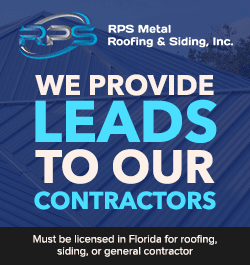
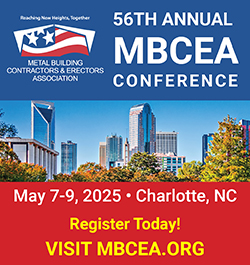
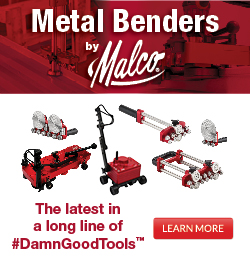
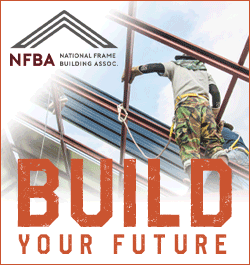
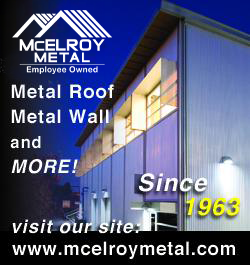


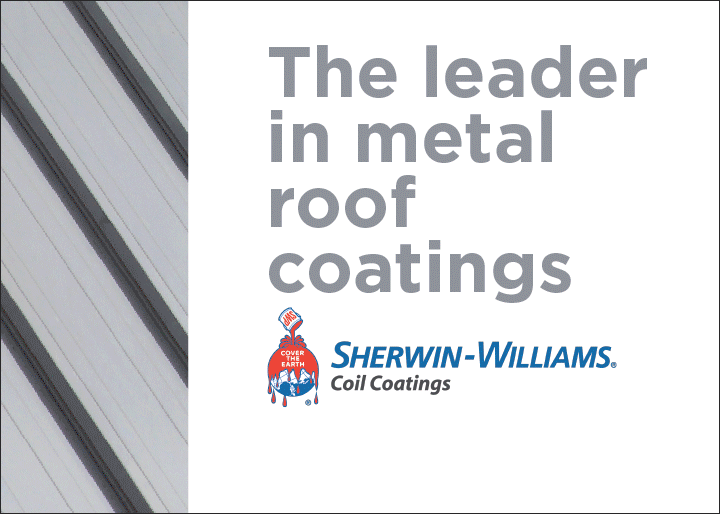
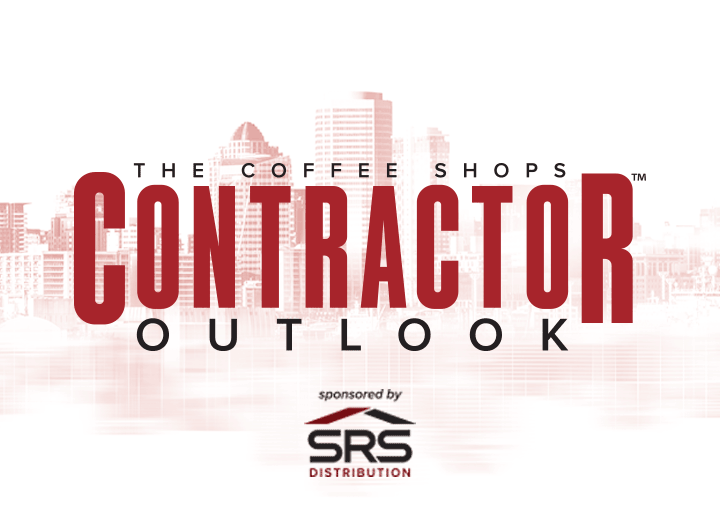

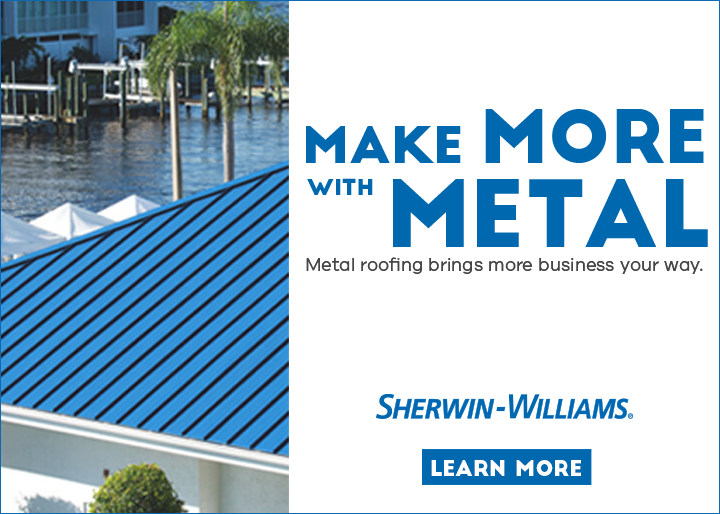

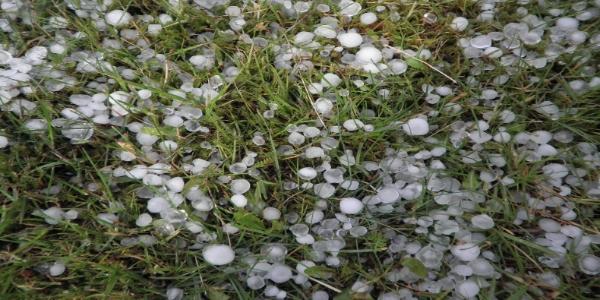


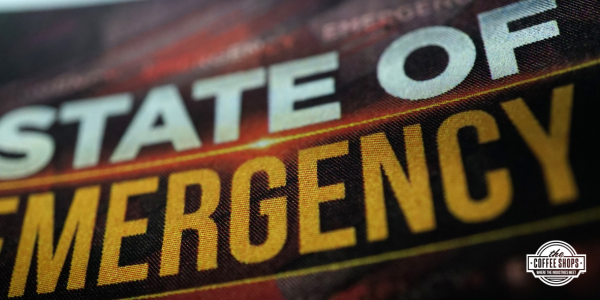



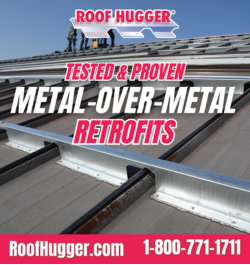
Comments
Leave a Reply
Have an account? Login to leave a comment!
Sign In